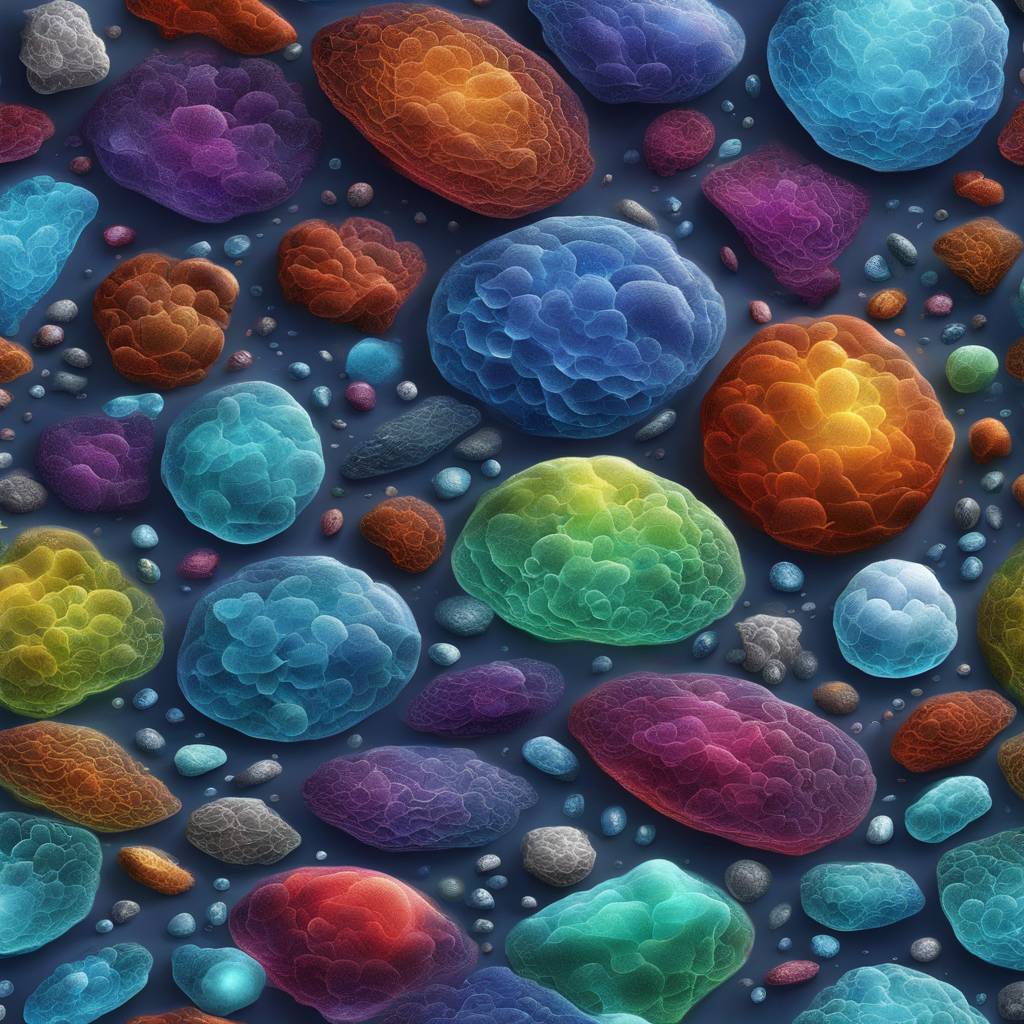A recent study led by the University of Washington and the Freie Universität Berlin has shown that individual ice grains ejected from the moons of Saturn and Jupiter may contain enough material for spacecraft instruments to detect signs of life, if it exists. Researchers are preparing for upcoming missions, such as NASA’s Europa Clipper, by studying what these instruments might find. By simulating ice grains in a lab setting, the study found that instruments can detect bacteria in a single ice grain, showing promise for potential extraterrestrial life detection.
The study focused on Sphingopyxis alaskensis, a bacterium commonly found in waters off Alaska, as a model for potential life on the icy moons of Saturn and Jupiter. The single-celled organism is small, lives in cold environments, and can survive with few nutrients, making it a suitable candidate for life on these moons. Using this bacterium, the researchers were able to demonstrate that instruments onboard upcoming missions could detect cellular material in one out of hundreds of thousands of ice grains, highlighting the potential to detect lifeforms similar to those on Earth.
The researchers hypothesize that if bacterial cells on Enceladus or Europa are encased in a lipid membrane, similar to those on Earth, they could form a skin on the ocean’s surface. The vacuum of outer space would cause the subsurface ocean to boil, leading gas bubbles containing cellular material to burst at the surface and become incorporated into ice grains within the plume. This scenario offers a potential mechanism for how bacterial cells could be detected in icy material emitted from these ocean worlds.
Future instruments like the SUrface Dust Analyzer onboard Europa Clipper will have higher power and be able to detect ions with negative charges, making them better suited to detect fatty acids and lipids. The ability to detect these molecules is exciting as they appear to be more stable than other building blocks of life like DNA. With the advancements in instrumentation, it may be easier than previously thought to find traces of life, if present, on these icy moons. The study was funded by the European Research Council, NASA, and the German Research Foundation.
In conclusion, the study has provided evidence that instruments aboard upcoming missions to explore the moons of Saturn and Jupiter may be able to detect signs of life in ice grains ejected from these planetary bodies. By using a bacterium as a model organism and simulating ice grains in a lab setting, the researchers demonstrated the potential for detecting cellular material in these icy environments. The findings suggest that these instruments have the capability to identify biomaterial concentrated in single ice grains, offering hope for the discovery of extraterrestrial life in our solar system. As we continue to study these ocean worlds, the possibility of finding lifeforms similar to those on Earth becomes increasingly likely.













